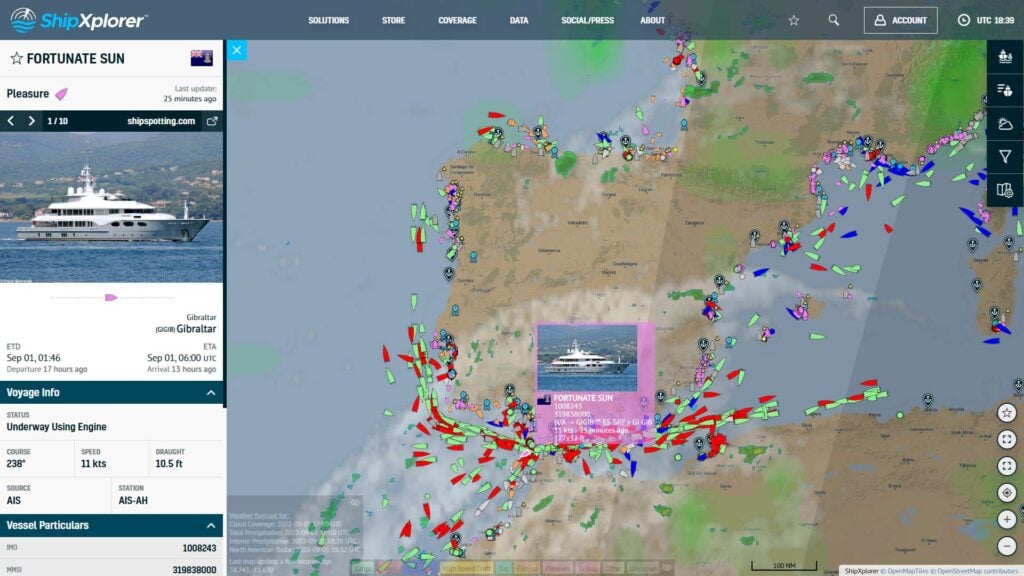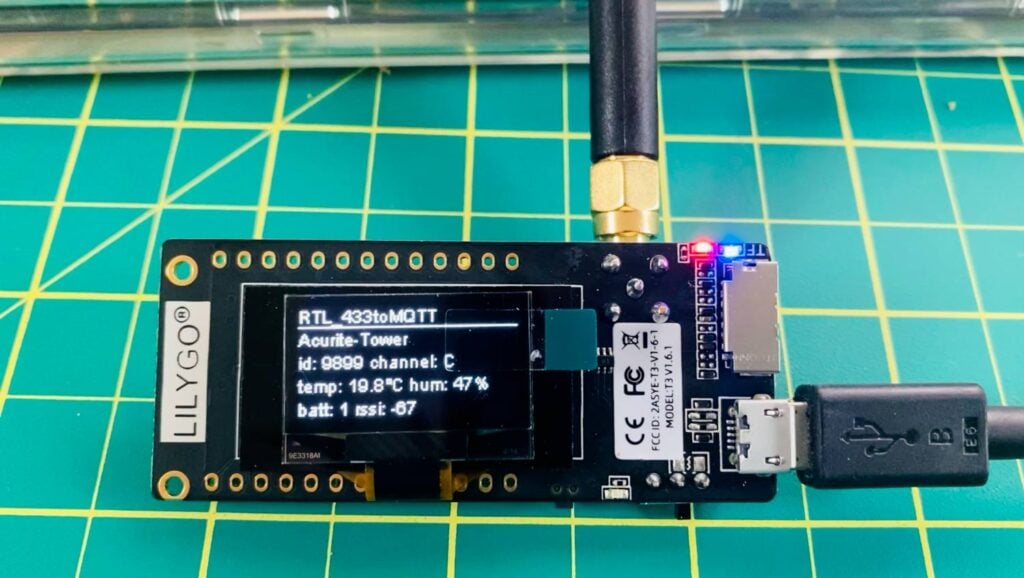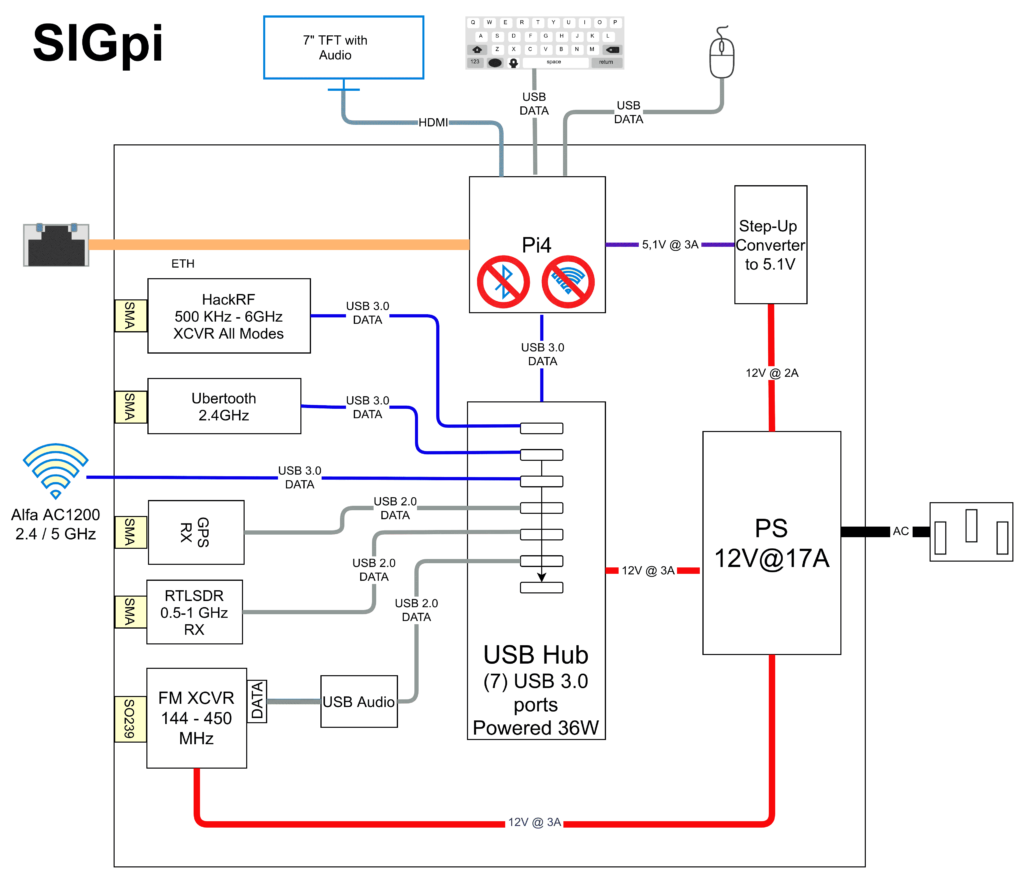Tech Minds: Testing an RTL-SDR Wideband Scanner with WebUI
Over on YouTube Matt from the Tech Minds YouTube channel has put up a video demonstrating an open source program released on GitHub called "RTL SDR Scanner", or "rtl-sdr-scanner-cpp". This program is compatible with RTL-SDR and HackRF software defined radios, and allows users to record multiple analogue FM audio channels within the active bandwidth simultaneously.
To get a wider bandwidth, you can use a HackRF as your SDR, or you can also use multiple RTL-SDR dongles, or a device like the KrakenSDR which has multiple RTL-SDRs built into it. Alternatively, you can also have the software scan a much larger swath of bandwidth, however this could result in some transmissions being missed.
The audio is recorded as a wav file, and can be accessed through a web UI. We note that currently only FM recordings are supported but AM may be supported in the future.








